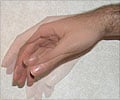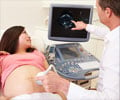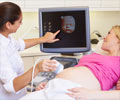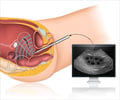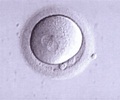People with tremors in their hands, head or voice may find some relief for up to three years from a treatment using ultrasound waves.

"For people who have disabling essential tremor that is not responding to medication, this treatment should be considered as a safe and effective option," said study author Casey H. Halpern, MD, of Stanford University in Stanford, Calif.
The study involved 76 people with an average age of 71 who had essential tremor for an average of 17 years. In the initial study, 56 people received the treatment, which is called focused ultrasound thalamotomy, and 20 people had a sham therapy. After three months, participants were told whether they received the treatment or the sham and those who received the sham were allowed to have the treatment. All participants were then followed for two years. The current study followed the participants for an additional year after the treatment.
Hand tremors, level of disability and quality of life were measured at the start of the study, after six months, one year, two years and three years.
After three years, on average, the participants improved in hand tremors by 50 percent, disability by 56 percent, and quality of life by 42 percent.
No new side effects occurred during the third year after treatment. None of the side effects worsened and two were resolved. All side effects in the study were mild or moderate. They included numbness and tingling, imbalance and unsteadiness.
Advertisement
The current most frequent treatment for people with severe essential tremor responding insufficiently to medication is deep brain stimulation. Halpern said while the study did not compare the two treatments, the focused ultrasound thalamotomy offers several advantages to deep brain stimulation. "This is a less invasive treatment that does not involve incisions or inserting probes or electrodes into the brain. It is performed in one session; there is no need for follow-up visits. And the benefit is immediate." At the same time, this treatment, in contrast to deep brain stimulation, does produce a brain lesion and is not adjustable or reversible.
Advertisement
A limitation of the study was that 23 people, or 31 percent, did not complete the entire three years. The researchers determined that those who later dropped out of the study were not responding as well to the treatment after three months as those who completed the study.
Source-Eurekalert

